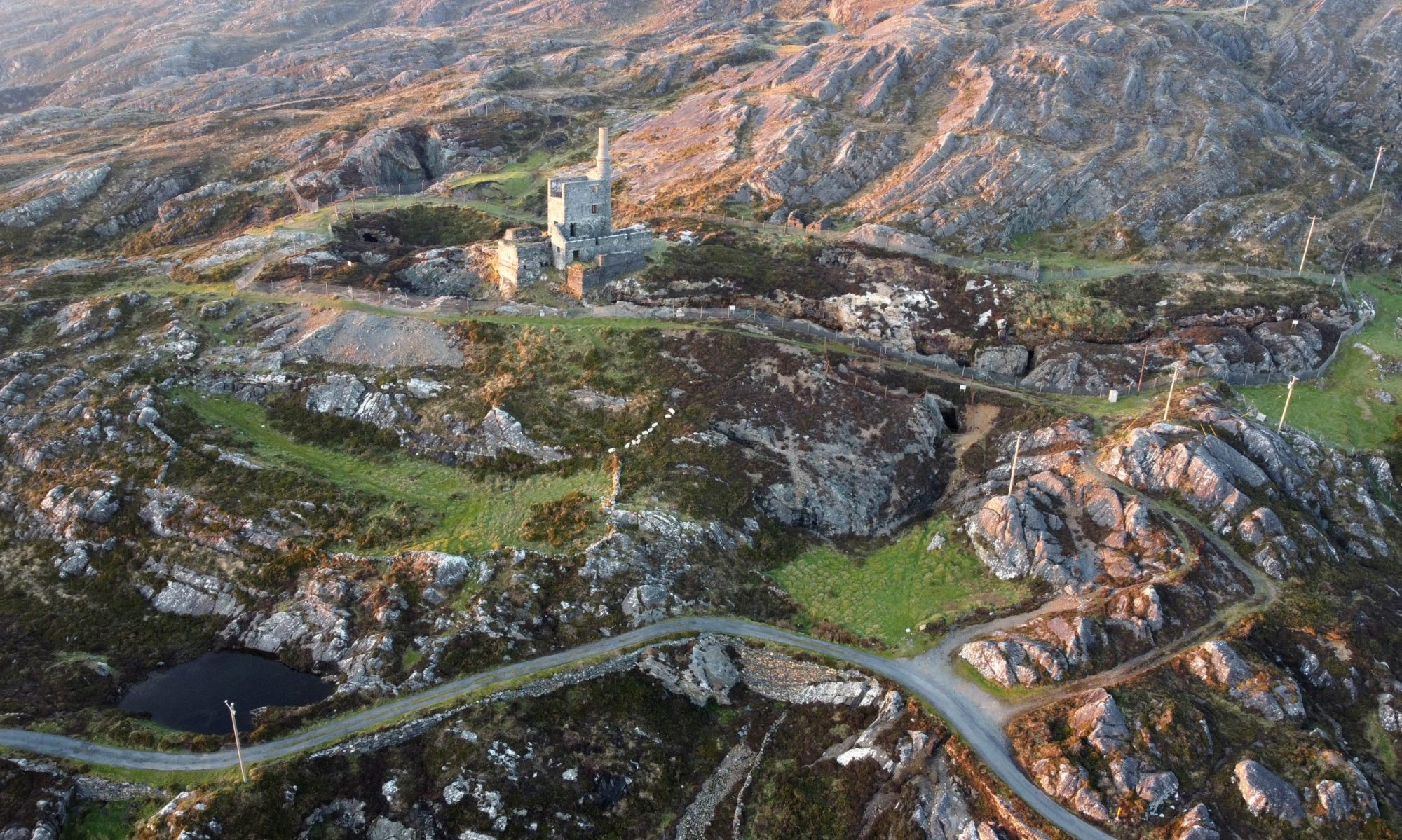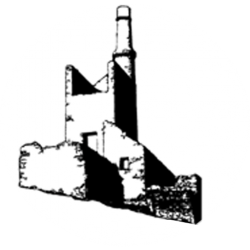Ore was extracted from a 116 metres long, north-northeast trending vein with a slight “S” bend, extending down to 400 metres. All that remains are several shafts and a few ruined walls of buildings of uncertain function, and the stamping mill site alongside a stream to the south.
A BRIEF HISTORY
| 1818 | Allihies Mines: Caminches the mine opens and provides 16% of the years ore production. | |
| 1819 | Two water-driven stamping mills installed. | |
| 1821 | (November) Original workings falling off, but more promise in deep west level. | |
| 1822 | (July) New whim shaft sunk; the mine is now supporting the company’s operations. | |
| 1823 | (August) Mine fails! | |
| 1824 | (March) Mine looking much better. | |
| 1825 | (January) A new forge built. (August) Mine failing again. | |
| 1826 | Decline continues. | |
| 1827 | (April) Mine prospects revised. | |
| 1828 | (November) Decision to erect a steam engine. | |
| 1829 | (July) Second-hand, 36″ steam engine bought from newly closed Ross Island Copper Mine, Killarney, for £650 (Price when new in 1826 was £2000). (November) Engine delivered to Ballydonegan Bay and landed under difficult conditions. | |
| 1830 | (April) Engine house completed and (October) engine up and running. | |
| 1833 | Mine very productive. | |
| 1834 | (August) New engine house built. | |
| 1835 | (February) Whim steam engine bought (capstan type) from Neath Abbey Co. for £400 and installed. | |
| 1837 | Low quantity of low quality ore produced. | |
| 1838 | (November) Two new trials given up. | |
| 1839 | (January) Little improvement but (later in year) a slight increase in production. | |
| 1841 | Gloomy prospects. | |
| 1845 | (- 1853) Mine worked out and closed. | |
| 1882 | Mine reopened by new Berehaven Mining Company, but only briefly. | |
| 1957 | Diamond drilling by new Emerald Isle Mining Company. |

